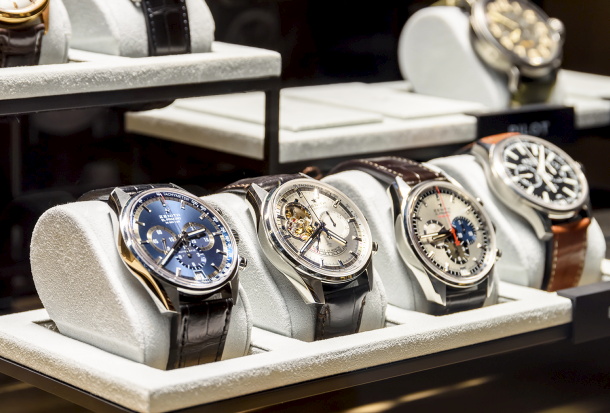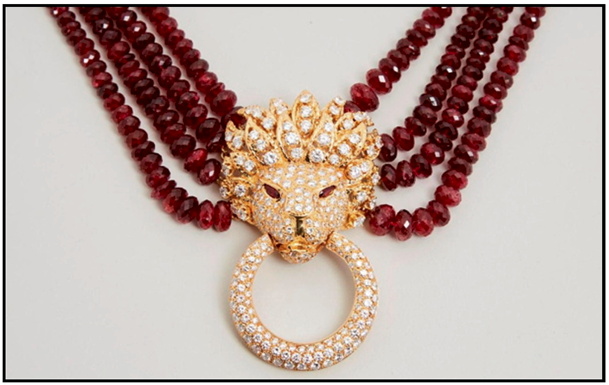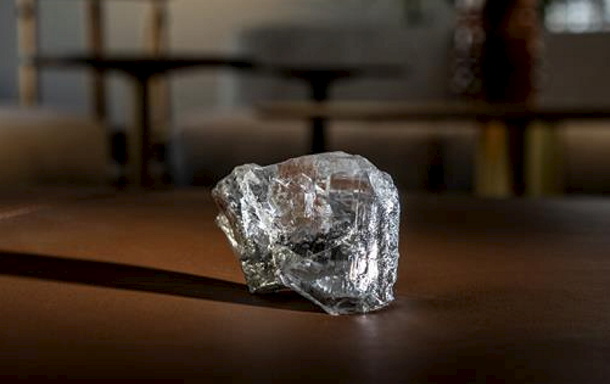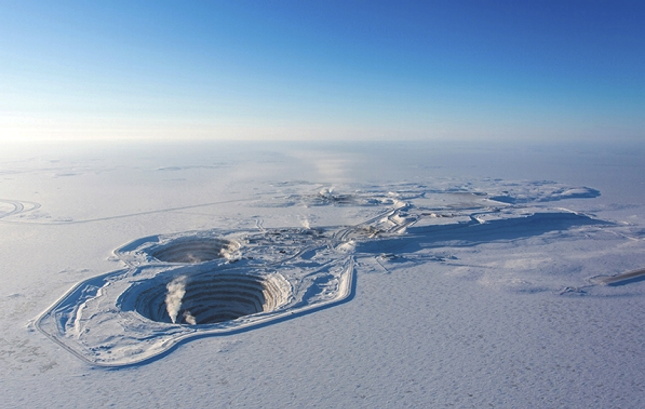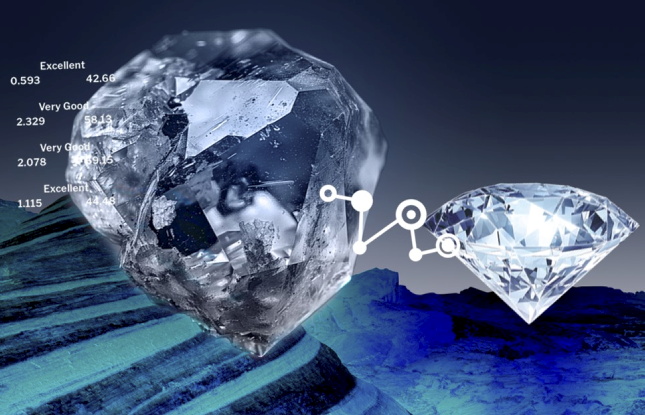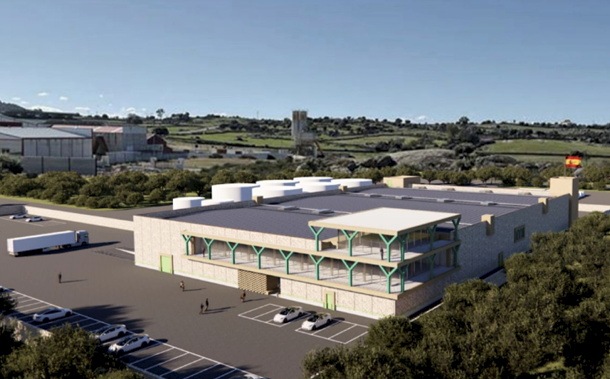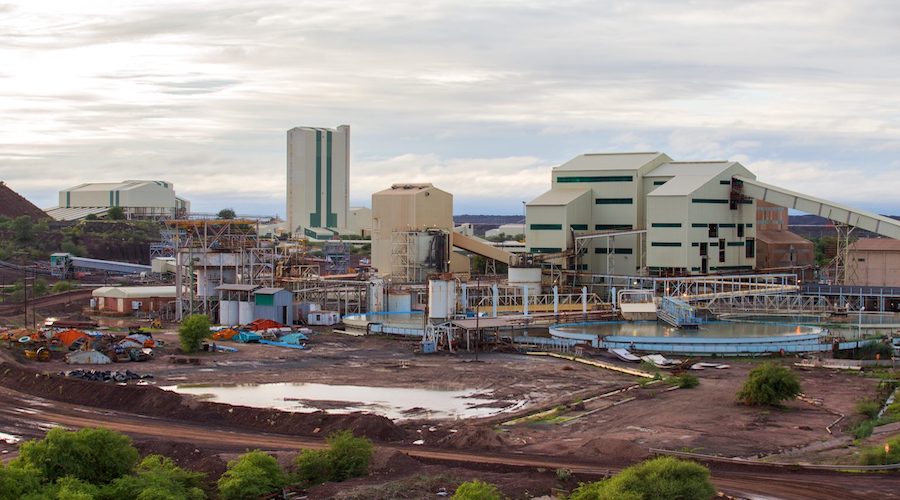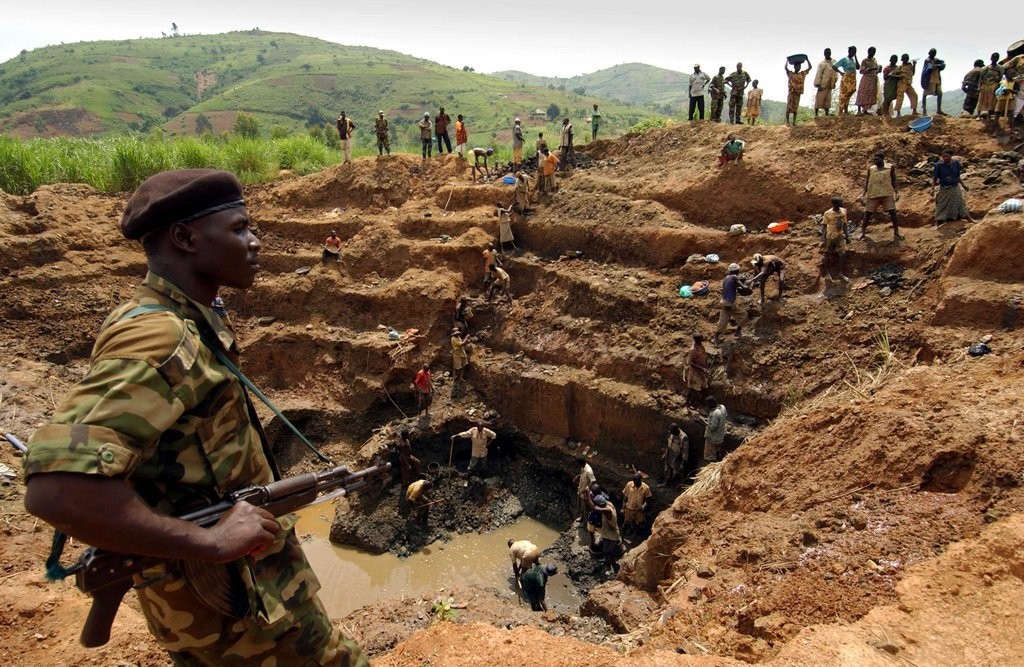Botswana’s government signed on Tuesday a long-delayed diamond mining and sales agreement with Anglo American unit De Beers, the world’s leading diamond producer by value.
As part of the deal, Botswana’s share of the diamonds produced by Debswana, a 50-50 joint venture between the country’s government and De Beers, will increase from 25% to 50%. Botswana will receive 10 billion pula ($712 million) in development funding, in line with a provisional 10-year arrangement reached in 2023.
The agreement, in negotiations since 2018, also extends the mining licenses for Debswana until 2054. Previously, the licenses were set to expire in 2029.
The signing of the contract had stalled under former President Mokgweetsi Masisi but was prioritized by President Duma Boko, who took office last October.
Botswana, the world’s largest producer of rough diamonds by value, depends on the sector for the bulk of its national revenue. President Boko, however, has voiced concerns that the industry is not generating enough employment opportunities.
While Debswana’s diamond production accounts for 80% of Botswana’s exports, the country has struggled to diversify beyond mining. Despite a relatively high annual per capita income of $7,820 — exceeding that of oil-rich Gabon and South Africa, the continent’s biggest economy—job creation remains limited.
The deal comes at a crucial time for De Beers, as its parent company, Anglo American, considers spinning out the diamond business through a sale or initial public offering. Analysts warn that weak global diamond prices could complicate such a move.
Botswana remains integral to De Beers’ operations, supplying 70% of its annual rough diamonds. The government also holds a 15% stake in De Beers, underscoring the long-standing strategic partnership between the two parties.
Source: Mining.com
